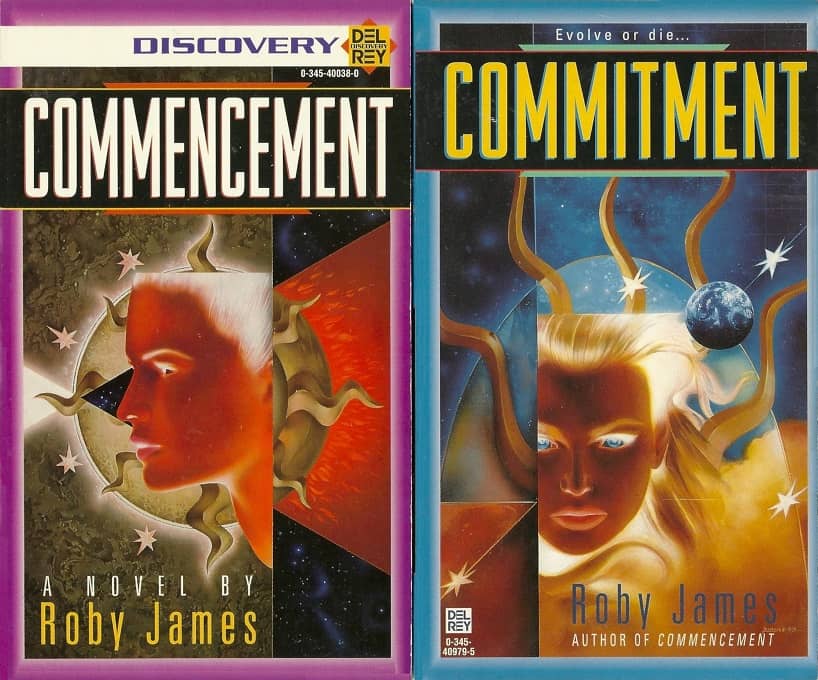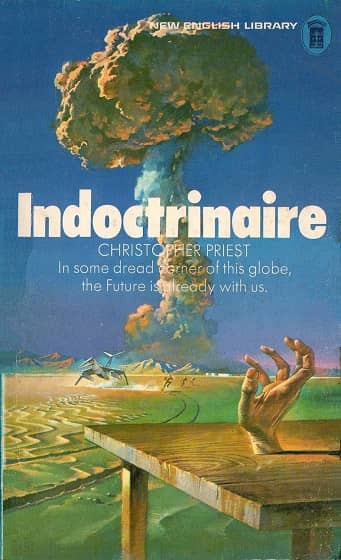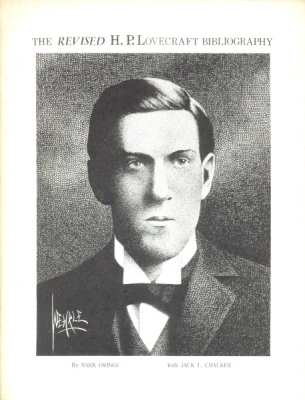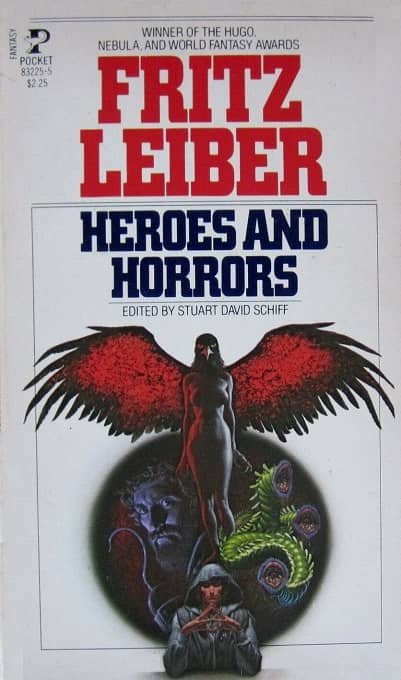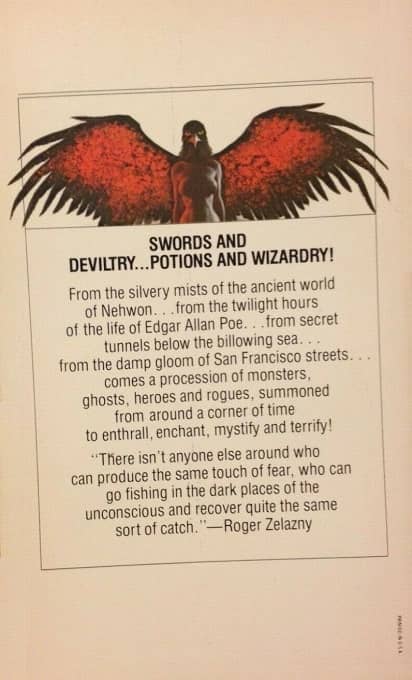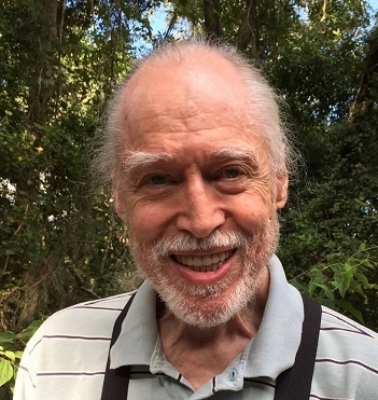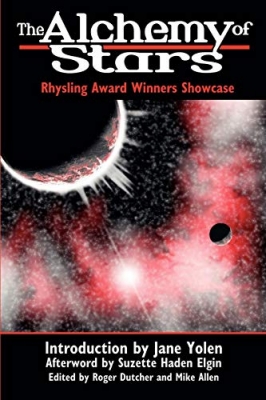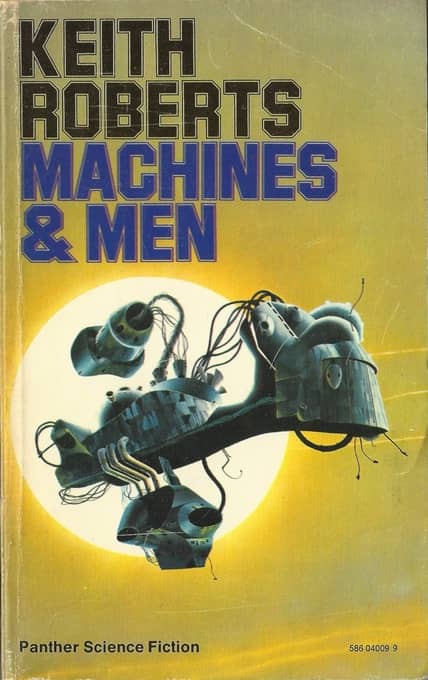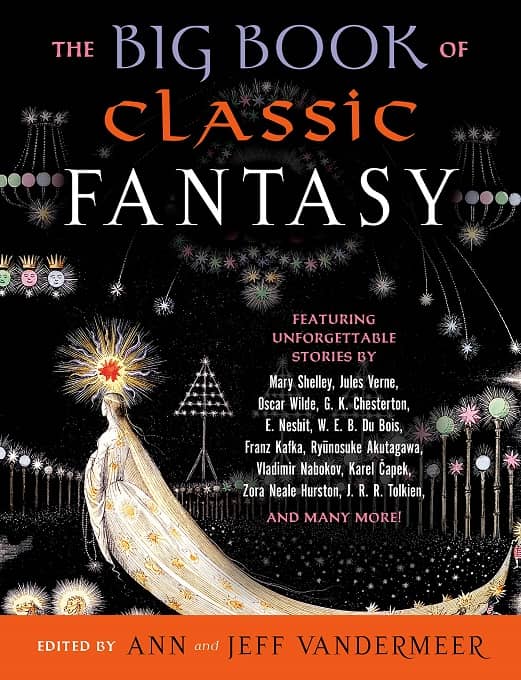Vintage Treasures: The Starfire Saga by Roby James
Covers by Bruce Jensen
The Ace Science Fiction Specials, a series of first novels edited by uber-editor Terry Carr, are legendary today. Between 1984-88 Carr published debuts by writers who’d go on to towering careers, including William Gibson, Kim Stanley Robinson, Lucius Shepard, Howard Waldrop, Michael Swanwick, Jack McDevitt, Richard Kadrey, and many others.
The Ace Science Fiction Specials get all the attention, but they certainly weren’t unique. Many publishers tried their hand at something similar, with varying success. One of my favorites was the Del Rey Discovery line (1992-99), which published first novels by Nicola Griffith, Mary Rosenblum, L. Warren Douglas, K. D. Wentworth, and many more — including Roby James, whose first two novels, Commencement and Commitment, appeared in ’96 and ’97. Together they make up the Starfire Saga.
“Roby James” is the pen name of Rhoda Blecker. In a 1996 interview with the Los Angeles Times, Blecker shared some of the genesis and heavy themes of the tale. Here’s an excerpt, in which she talks about its major Jewish themes, and losing her mother when she was eleven.
